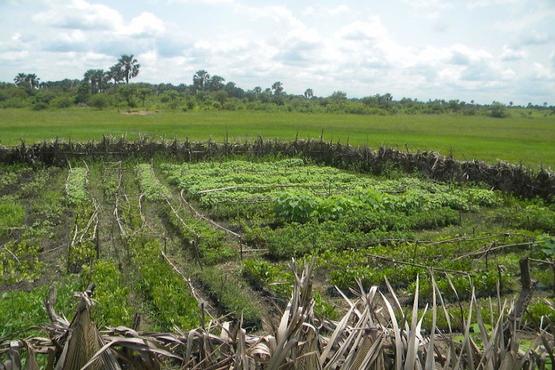Project Overview
Guinea has lost significant amounts of tree cover and suffered from land productivity losses caused by agriculture and mining. Unsustainable agricultural production of staple food crops and export commodities, along with other factors such as climate change, have threatened soil fertility, biodiversity and ecosystem health within the country.
Sites:
Forest Region and Upper Guinea
Commodity:
Palm oil
Area Covered:
25,000 hectares
Executing Partner and GEF Implementing Agency:
Food and Agriculture Organization of the United Nations

Project features
To address these environmental challenges, Guinea has increased its commitment to addressing deforestation and land degradation through public policies, establishing degraded land restoration targets.
The project aims to target a number of stakeholders within the public and private sectors.
It will also engage a number of stakeholders within the public sector such as government, non-governmental organizations and development partners with key experience in the palm oil value chain.
Building on these initiatives, efforts will include developing integrated landscape management plans and promoting sustainable food production practices and responsible value chains.
Conservation and restoration of natural habitats will also be a priority for the project.

A tree nursery in Guinea. By Stephanie Otis, USFS International Programs/USAID. Used under Creative Commons license.







